
Final Six: Stunning Animal Photos in Wild Competition
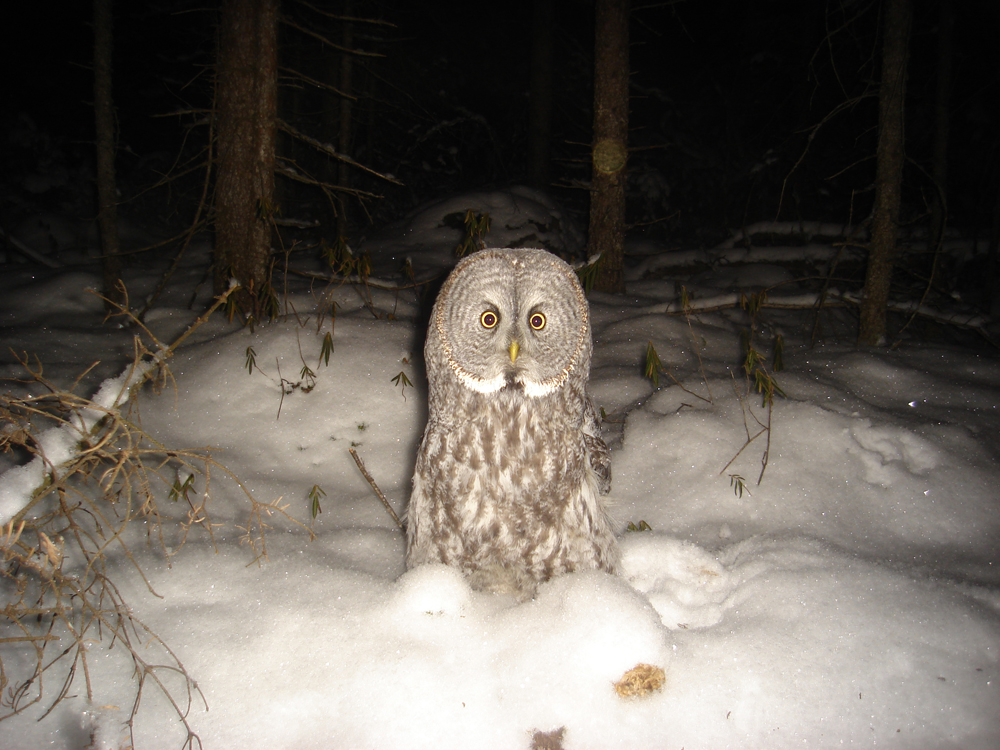
Julie Larsen Maher is staff photographer for the Wildlife Conservation Society (WCS), the first woman to hold the position since the society's founding in 1895. In addition to field visits. Maher photographs the animals at WCS's five New York-based wildlife parks: the Bronx Zoo, Central Park Zoo, New York Aquarium, Prospect Park Zoo and Queens Zoo. She contributed this article to Live Science's& Expert Voices: Op-Ed & Insights.
Camera-trap photos can transport you to wild scenes you would likely otherwise miss. In celebration of that tool, the Wildlife Conservation Society’s photo blog, Wild View, has held a competition to highlight the technique, with the winner to be announced in early April. Until March 31, you can vote at Wild View for one of the six finalists — out of 43 submissions — from the gallery below.
A tender moment
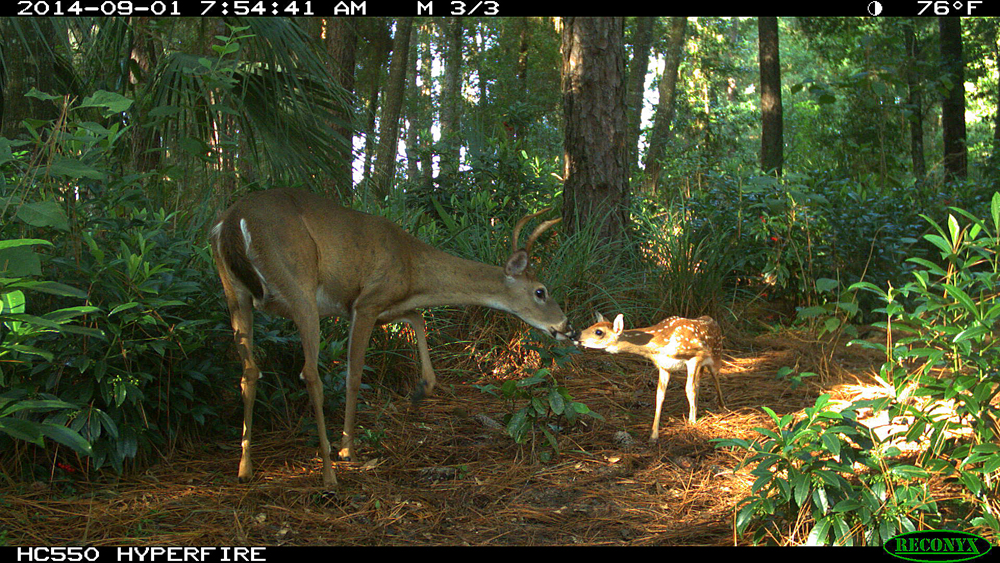
A yearly buck and fawn meet in Apopka, Florida. Ronald Derig used a Reconyx HC555 HyperFire game camera for the image. (Credit: Ronald Derrig.)
A neighborly chat
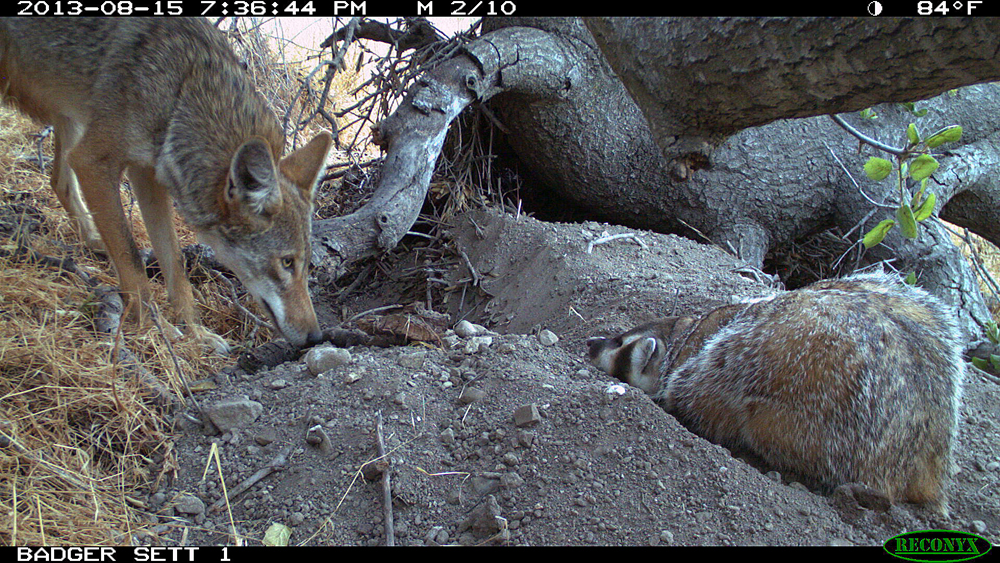
Coyote and badger meet at the badger’s sett, or den, in Santa Ynez Valley, California. Grany Canova-Parker used a Reconyx game camera to capture the scene. (Credit: Grant Canova-Parker.)
A territorial battle
Sign up for the Live Science daily newsletter now
Get the world’s most fascinating discoveries delivered straight to your inbox.
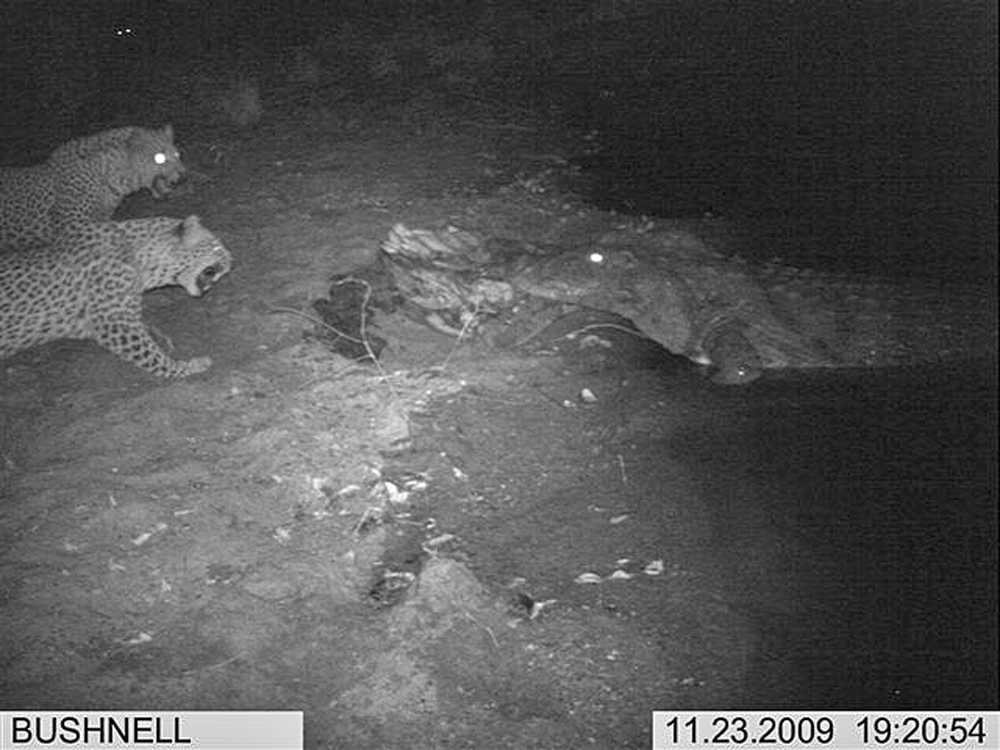
Leopards and a crocodile stand their ground at a small river in Niassa Reserve, Mozambique. Jamie Wilson used a Bushnell camera for the shot. (Credit: Jamie Wilson.)
A show down
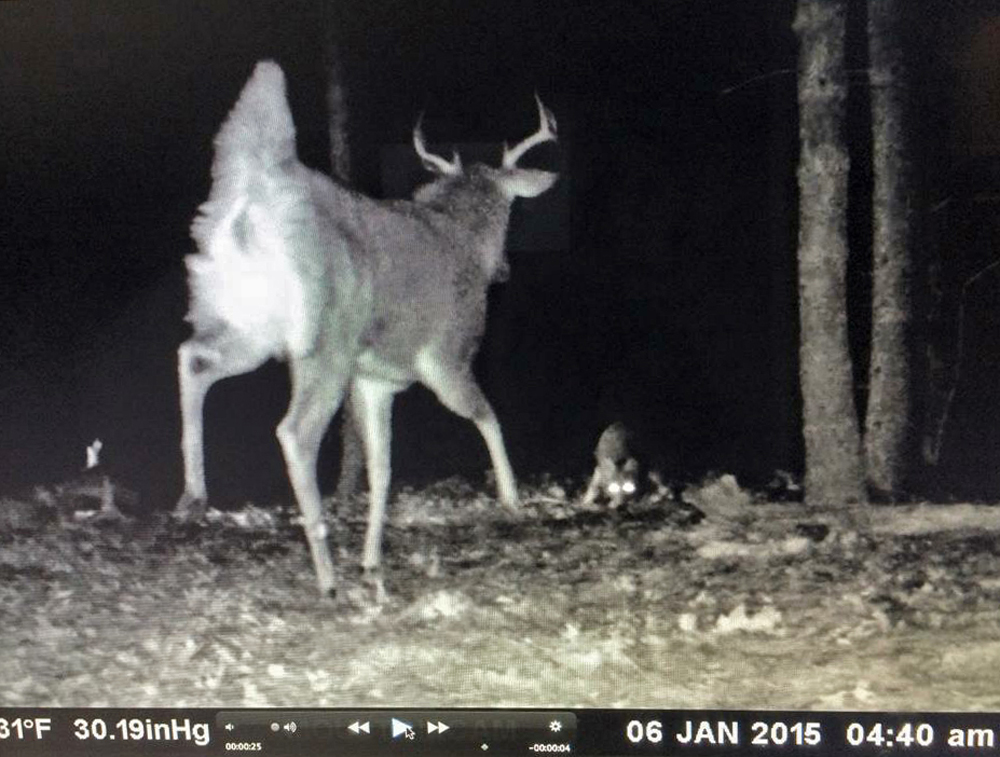
An 8-point buck and a coywolf face off in Wilmington, Massachusetts. Mark Holleran used a Moultrie M-1100i game camera for his camera trap. (Credit: Mark Holleran.)
New experiences
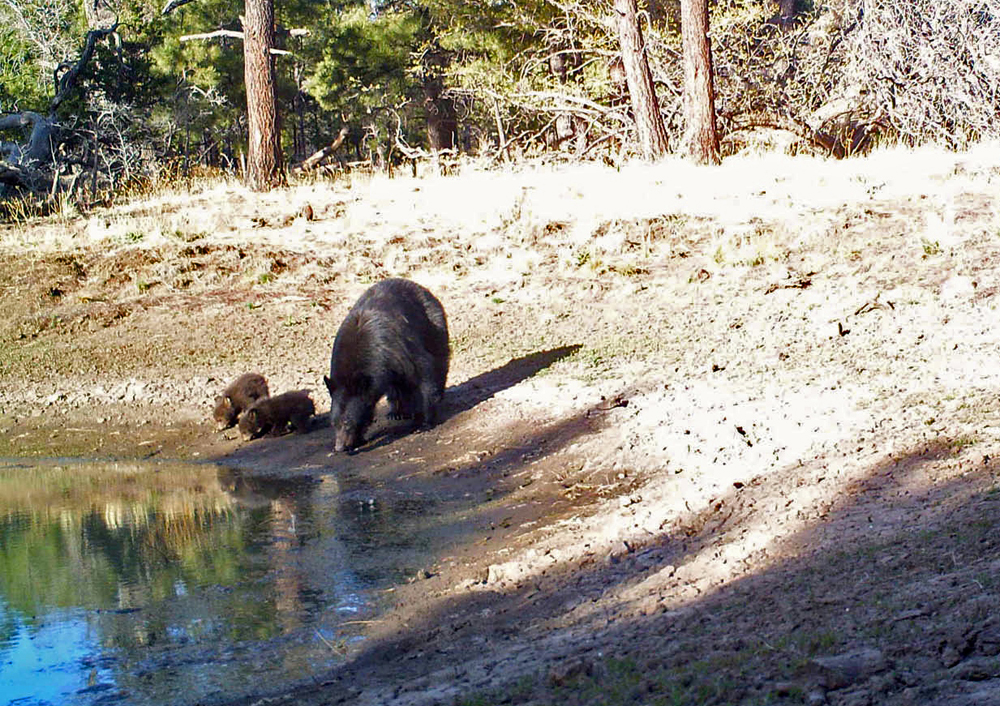
Bear with cubs at Gila National Forest in New Mexico. (Credit: Nathan Newcomer.)
Big-eyed surprise

A great gray owl in central Lake County, northern Minnesota. Brian Konito made the camera trap at his home using a Sony DSC S600. (Credit: Brian Kontio.)
Follow all of the Expert Voices issues and debates — and become part of the discussion — on Facebook, Twitter and Google+. The views expressed are those of the author and do not necessarily reflect the views of the publisher. This version of the article was originally published on Live Science.









